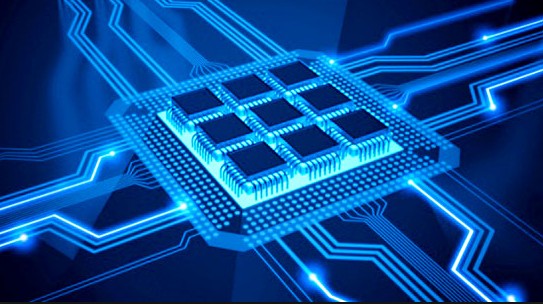What is DCIM? Is Data Center Infrastructure Management really a new notion or just a repackaging of the same old idea?
Why DCIM?
The cloud is available for all but every company don’t need it not it is the requirement of every company. Still companies require old-style in-house data centers for their need. In case you company has opted for cloud, you need a backup plan with hybrid configuration or a network and servers within facility, which need regular inspection and monitoring. With big sized data center, you may be a cloud provider, which permits the best solution management in the market.
Data Center Infrastructure Management (DCIM) is not a new concept, it was floating in the market since 2009 and gained speed steadily after that. In Apr-13 Many of research proved “the growth rate of DCIM far outstrips that for the data center equipment industries and for the enterprise IT segment as a whole”, “DCIM is a small by comparison to other elements of enterprise software such as IT service management, ERP databases or security”. These are reported by 451 Research. “the growth of cloud services and the data centers that support DCIM could leap from an estimated $450 million this year to $1.7 billion by 2016” is reported by Slashdot.com DCIM has much more potential and it is offering can’t be ignored.
Any new product or trend is not actually new but the concept which attracts the customer at that point of time seems fascinating bring product on board. Few examples like Thin computing, apple iPad, Microsoft tablet PC, hush puppies shoes etc. Things get rehashed and renewed to make things new again. DCIM is one of the same examples.
What exactly is DCIM?
Downtime alerts, resource evaluation and network latency are common for data center who run with old- technology methods, almost all IT people are aware of these terms. The main concept is to keep an eye on physical systems, software and environment. Many products like Dell IT, Nagios, Solarwinds, Cisco LMS etc are old player of these systems. DCIM is enhanced version of these concepts and provides extensive visibility to the deployed solution.
What makes DCIM unique?
Old technology methods mainly lacks some point which new technology can think of and take advantage of. For example you can tell your servers are up and but there is no method who can advise that you can fit exact these number of servers with same cost. New technology like DCIM is one step ahead. It provides the centralized way to unify new features with old features as well.
DCIM new concepts, which make this product unique such as:
- Better Change Management
- Optimizing physical infrastructure
- Multi-layered monitoring
- Asset tracking with correlation of assets.
- Visibility to better capacity planning.
- Future planning via modelling scenarios.
- Analysis of virtual/logical systems and how they interact with physical hardware
- Management of “utility” operations like electricity, heating and cooling from a usage, efficiency and cost savings perspectives
- Maximizing system utilization for best efficiency
- Consolidation of allocation of resources/and best fit.
Practical Examples of DCIM
- Provides contextual on-going data regarding assets and relation of assets: It is always a requirement of an organization to get insight of all assets (technical information, serial and assets numbers). DCIM is the best product to manage this kind of work and provide contextual ongoing data about assets and their relation with each other. Also issues are also explored with impact of asset with other assets.
- Provides visibility and performance optimization with maintenance and improved availability: DCIM is truly proactive for potential failures, computation of shifts, physical resources to reduce downtime and gained resource utilization with performance optimization of availability.
- Provide digital model of infrastructure with graphical format: DCIM is best fit for health monitoring for all devices. It also visualizes the IT infrastructure and relationships between them. This way is this product is called an analytical engine which easily able to do interpretation the data to find problems and notify the administrators.
Examples of Vendors and products
- IBM
- CA DCIM
- BMC’s
- HP
- iTracs
This is to note that this product is not a 100% magical solution but vendor’s need to adjust their products to handle physical and virtual data center assets. This also includes scaling of products and accommodates cloud services with Telco data centers.
Key words: Data center, datacenter, datacentre, data-center, DCIM, Infrastructure Management, Nagios, Solarwinds, Management.

